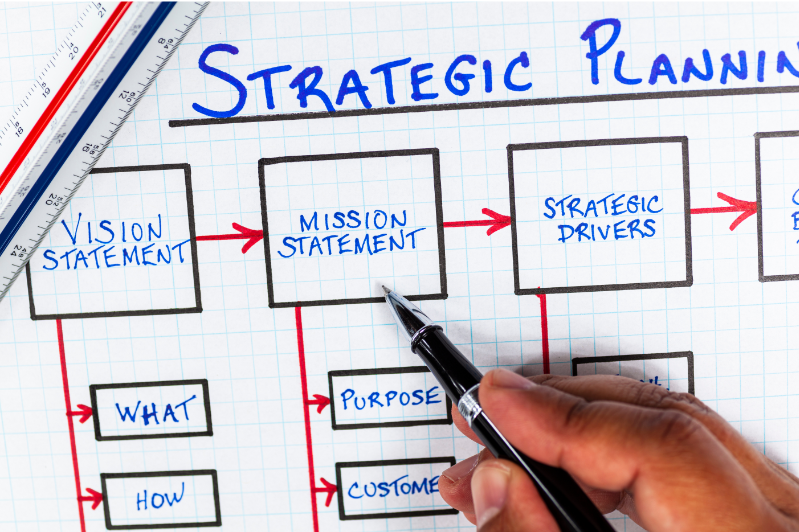We had a party at my house this past weekend. We used to have a huge party, every summer, with upwards of 100 guests that lasted late into the night. Obviously, that kind of thing would have screamed “super-spreader event” during the pandemic, so we haven’t entertained in two years.
We decided to ease back into the summer party this year, but we took advantage of the two-year break to talk about what worked and what did not. We decided to invite fewer guests, have a more casual theme, and hold it earlier in the day with a defined end-time. Overall, it was a great experience and we enjoyed it more. It was great to reconnect with people, some of whom we had not seen for three years.
What does this have to do with your organization’s strategic plan? Well, a lot. Just like the pandemic gave us a reason to rethink our annual party, so too should you be rethinking your strategic plan. The pandemic, supply chain issues, inflation and potential recession are all problems that you probably didn’t anticipate when you wrote it. And, as Richard Bach wrote in Illusions, “There is no such thing as a problem without a gift in its hands.”
I had a great meeting with a client last week. This client had already hired us for one project, but as we were talking, the topic of their strategic plan came up. The client’s CEO is new, and she was wondering when the best time was to rewrite the organization’s strategic plan. I told her a story.
When I was interviewing for one of my CEO gigs, and we were coming down to the final interview with the board of directors, I asked to review the company’s strategic plan. What they sent me was neither strategic nor a plan. It was, instead, the world’s largest collection of euphemisms. Everything was in there except “prepare to meet thy god” and “employees must wash hands before returning to work.”
My client said simply, “Clearly, our plan had the same author” and asked for a proposal.
A good strategic plan is more than a document we send off to foundations. It functions as both a road map and report card for a healthy, well-run organization. It is also not a covenant with God. Any healthy organization should take a look at the strategic plan and see if the things planned for the future still make sense given current conditions. Leadership should also ask if current conditions present opportunities that did not exist previously that justify modifying the plan.
Personally, when I was a CEO, I always liked doing this during summer. Because fundraising tends to calm down in summer, leadership has a moment to breathe and to think. Taking a structured, deliberate, approach can make this much easier.
The first chapter of our book, Fundraising for All: What Every Nonprofit Leader Should Know, is all about strategic planning. It lays out the key components of a plan, the process for constructing one, and how to periodically test it. And, of course, if you ever want to bounce your plan around with us, we’re happy to chat with you about it.






Leave A Comment